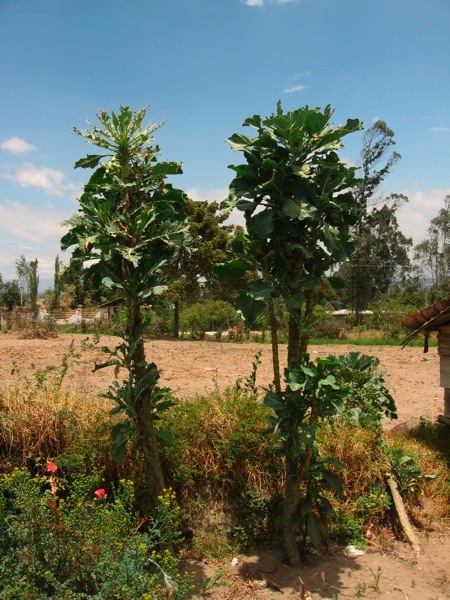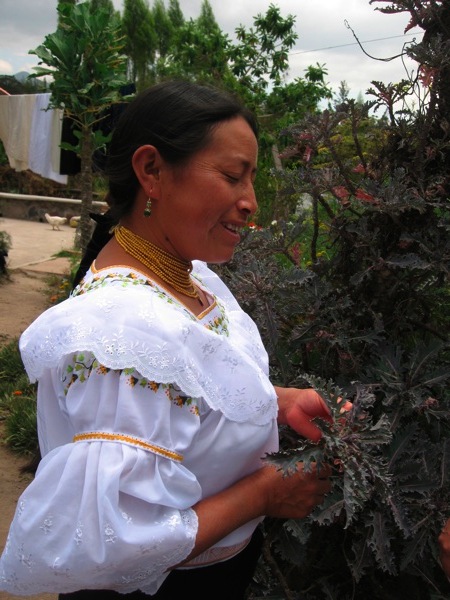Welcome to all who landed here from Berry Go Round #20, over at the excellent Further Thoughts. And if you’re one of our regular customers, head on over to Ian Ramjohn’s blog for a great botanical roundup, including a couple of examples of agricultural biodiversity.
Taxonomists to keep jobs until 2515
The second edition of Arthur Chapman’s report “Numbers of Living Species in Australia and the World” was launched this week.
The total number of described species in the world is estimated at just under 1,900,000 — well above the 1,786,000 in the previous report that was published in 2006 1. Chapman’s estimate of the total number of species is close to 11 million. A staggering 83% remain undescribed.
And not because taxonomist aren’t beavering away:
About 18,000 new species are being described each year (16,969 in 2006 and 18,516 in 2007). About 75% of the new species described in 2007 were invertebrates, 11% vascular plants and nearly 7% were vertebrates.
That is an impressive feat. But at this rate it will take until 2515 to describe all the species currently alive. Unfortunately, many of them will be extinct by then.
Featured: Neotropical fruits
Xavier sets Jeremy right on that carob-like fruit in Ecuador:
Must have been an Inga species (called guaba in Ecuador, not to be confused with guava, the English name for Psidium guajava, or guayaba (its Spanish equivalent). In English the species is referred to as pacay or, more attractive, ice-cream bean (I hope you had a chance to try it…)
Kew on the tubes
Kew Gardens has a new YouTube channel. Here’s the introductory video on the Millennium Seed Bank. Check out also the Facebook page. And, apparently, a new website is coming very soon. Part of the 250th anniversary hoopla? Whatever the reason, great public awareness work by Kew.
Perennial kales in Ecuador
Where did that come from, I asked myself, as we looked around the home garden of an agrotourist lodge near Cotacachi in Ecuador. No, not the wonderful neotropical fruits, or the fiery Brugmannsia, or the tree they called guava that looked to me like a carob; certainly a legume of some sort. 2 Not any of the exotica that were at home here, but this thing, a brassica looking for all the world like a small tree.

To me it looked like one of the perennial kales, or even the Jersey Walking Stick Cabbage that I’ve grown in the UK and seen in Basque country and parts of Portugal. On the other side of the path was a red-leaved variety that had a much more dissected leaf, a little like Red Russian kale but again growing like a tree.
Fortunately the lady of the lodge, Dona Digna, who has every reason to be proud of the accomplishments of her community, was there with us, and even more fortunately I had the services of an expert translator. 3 I asked how they used it, and was told that they picked individual leaves as needed, and that now it was not good at all, much too tough. OK, well then how do you get tender leaves? In the spring, we make new plants. How?

At which Digna snapped off a branch of the red kale and said that you just plant a stem in the ground. So it never has flowers? No, never.
So it really is a perennial brassica, not one of the walking stick types, which do flower and set seed. But that’s as far as I could go in my investigation. I have no idea how long the local people have been growing it, where they first got it from, or what they think of it. But it was fun to see something truly exotic in Ecuador. And maybe it could add a datapoint to a study that revealed a high degree of duplication among perennial kale accessions.